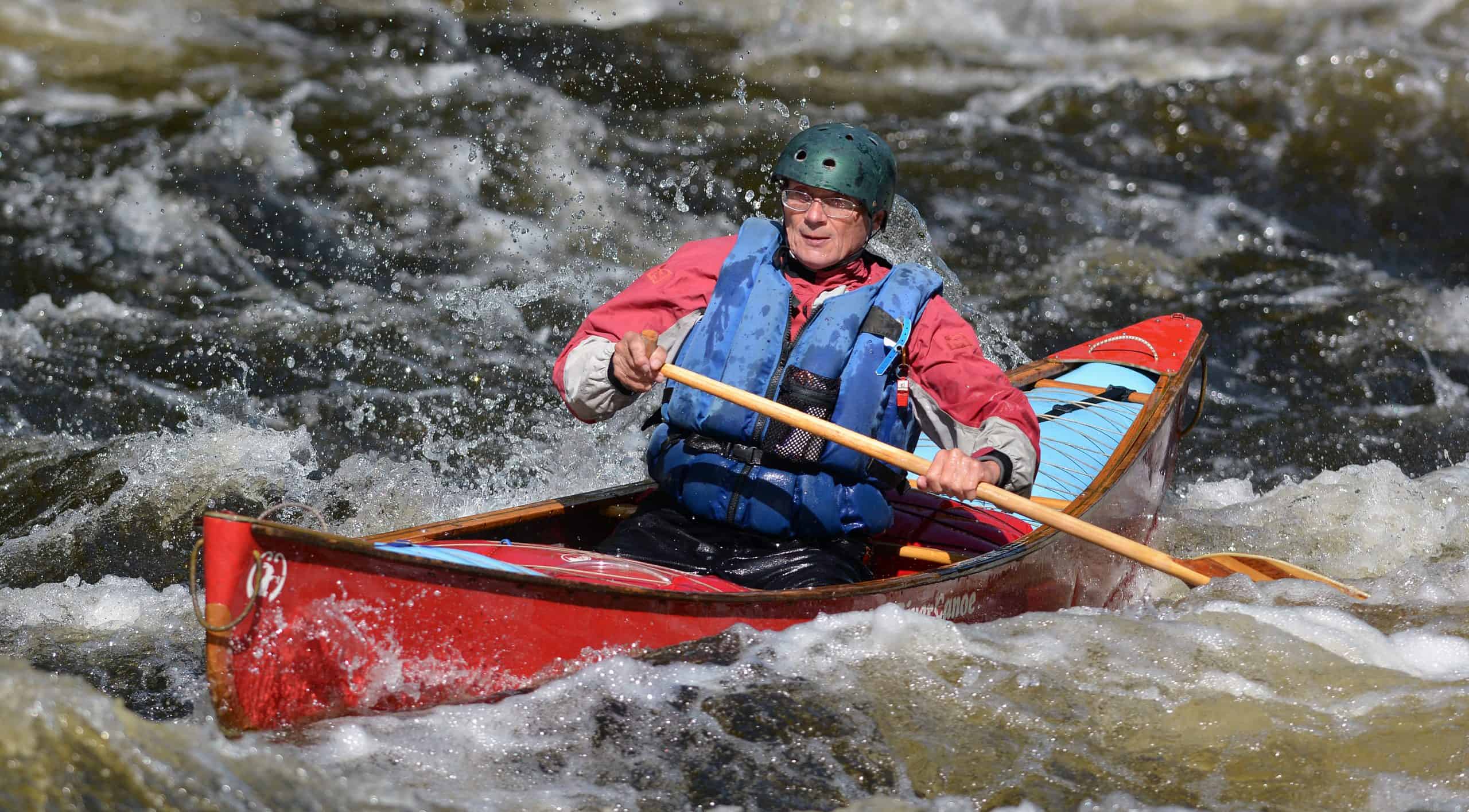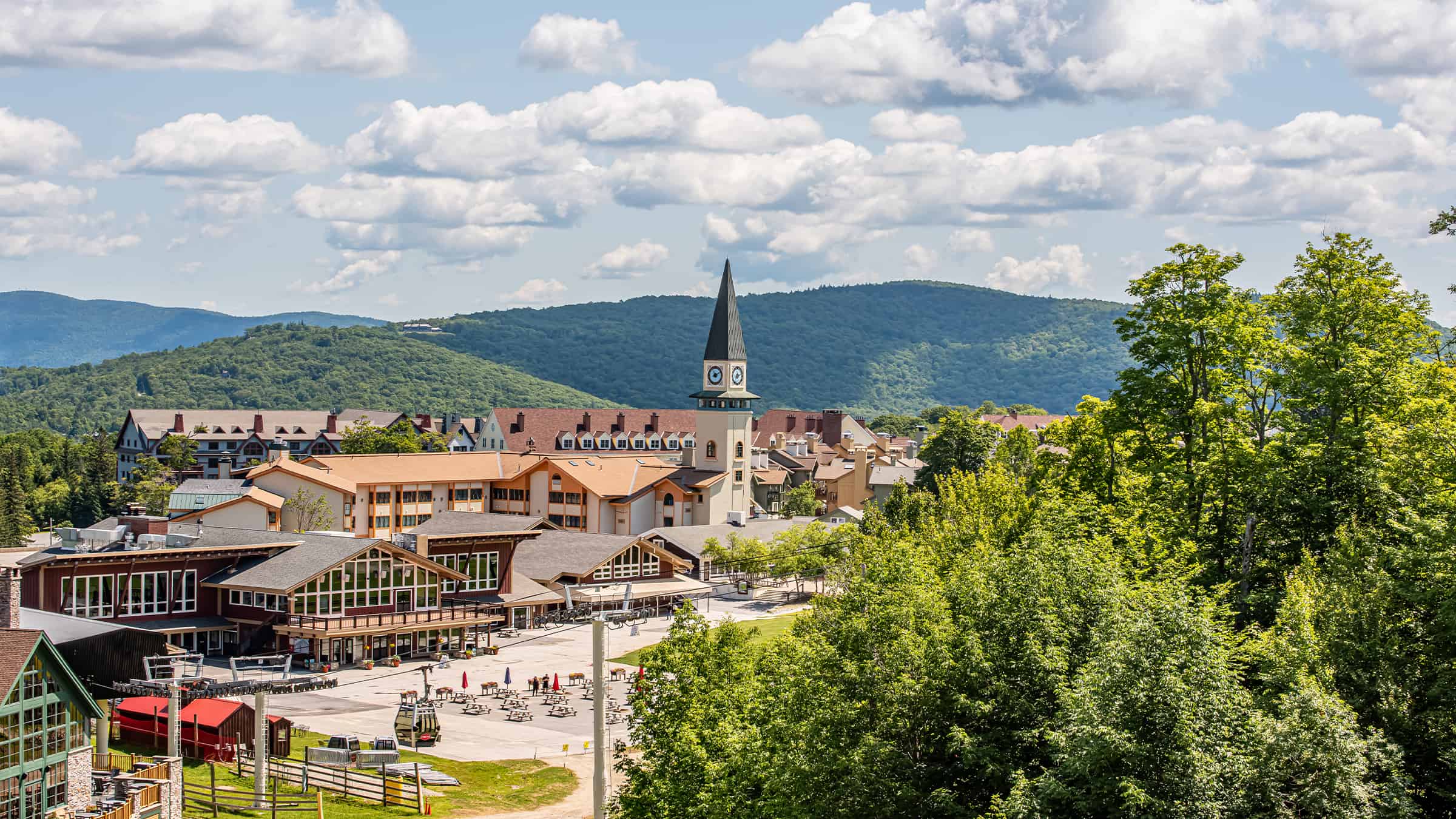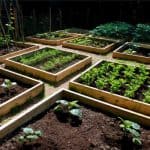 With the first day of spring already behind us, Vermonters are actually feeling like the calendar and the weather are almost in sync this year. It's been a snowy, cold winter, but spring is now foremost in our thoughts. And spring, for many, means planning and preparing the summer garden. Even though the last frost may still be hanging over us, it’s not too soon to start planning and planting. With many garden centers not open for a few weeks, there are still things you can do now to get a jump on the season.
With the first day of spring already behind us, Vermonters are actually feeling like the calendar and the weather are almost in sync this year. It's been a snowy, cold winter, but spring is now foremost in our thoughts. And spring, for many, means planning and preparing the summer garden. Even though the last frost may still be hanging over us, it’s not too soon to start planning and planting. With many garden centers not open for a few weeks, there are still things you can do now to get a jump on the season.
Begin with a plan.
Decide what you want to grow in your garden. All vegetables or a combination of vegetables and flowers. Once you know what you want to plant, you can work out a plan for what gets started as seeds indoors, what seeds get planted directly in outdoor soil, and which plants are best purchased as seedlings from garden centers. You are now ready to create a calendar with dates for when to start your seeds indoors and when it is safe to plant outdoors.
All your calculations will depend upon the estimated date of the last frost in your area. If this isn’t a date you know, there are online calculators which will help you figure it out. Once you have the date of the last frost, you can work backward to when you start seeds indoors or when you put seeds into the ground. Suzanne DeJohn, a respected gardening columnist, suggests first categorizing your plants in the following way:
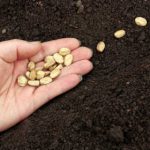 Short season, cool weather plants – these are seeds that are sown directly into the garden because they germinate well in cool soil and grow quickly making them ready to harvest in early summer.
Short season, cool weather plants – these are seeds that are sown directly into the garden because they germinate well in cool soil and grow quickly making them ready to harvest in early summer.
Examples: spinach, lettuce, radishes, beets, peas, sweet peas, bachelor’s buttons, larkspur
Short season, warm weather plants – these seeds do best when sown directly into the garden, but like warm weather. Wait until after the last frost and until soil has warmed and is dried out from spring rains.
Examples: beans, corn, sunflowers
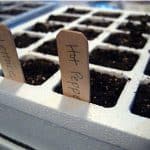 Long season, cool weather plants – set in garden as transplants a few weeks before the last spring frost. This gives them time to mature before the heat of summer.
Long season, cool weather plants – set in garden as transplants a few weeks before the last spring frost. This gives them time to mature before the heat of summer.
Examples: broccoli, cauliflower, cabbage, pansies, snapdragons
Long season, warm weather plants – set in garden as transplants you either start from seeds or purchase from a garden center. These plants need a long frost-free growing season.
Examples: tomatoes, peppers, eggplant, petunias, ageratum, impatiens
Some plants can be either be started indoors or sown directly outdoors. These include marigolds, zinnias, cosmos, squash and pumpkins.
Calculate the Date to Plant Your Seeds
 Seed packets may provide information on how long it will take seeds to germinate or when to plant based upon frost date. If you don’t have this information, you can generally add about 6 weeks before you want to be able to transplant outside.
Seed packets may provide information on how long it will take seeds to germinate or when to plant based upon frost date. If you don’t have this information, you can generally add about 6 weeks before you want to be able to transplant outside.
Suzanne DeJohn gives the following example, “You should start broccoli seeds indoors about six weeks before transplanting. And you can transplant them into the garden two weeks before the last frost date. Starting from my last frost date of May 30, I count back two weeks to May 16 and make a note there: ‘transplant broccoli.’ Now I count back six weeks and mark my broccoli seed-starting date.”
Tips for a Successful Garden
Make sure your soil is ready to accept your seedlings or seeds. First, check that soil is not too wet. Take a handful of soil and squeeze it. If it clumps together, the soil is still too wet to plant.
Next, to assure the best possible garden, have your soil tested. (The UVM Agricultural Testing Lab can do this for you for a nominal charge. Instructions and form can be found on the web. Or contact the UMV Extension office near you. Some garden centers also do testing.) The test results will tell you what minerals are present in your soil and the percentage of organic matter. You will also receive fertilizer recommendations and, if your pH is low, how much lime is needed. Once you’ve corrected the composition of your soil, you’re ready to plant.
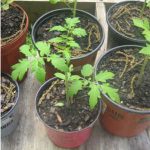 Before transplanting indoor-grown seedlings outdoors, you must acclimate them to the outdoors. This is called hardening off. Begin by placing seedlings outdoors for an hour in partial shade. Over the space of a week, give them more and more time outdoors and in more and more sun. Once they have reached all day in full sun, they are ready for transplanting.
Before transplanting indoor-grown seedlings outdoors, you must acclimate them to the outdoors. This is called hardening off. Begin by placing seedlings outdoors for an hour in partial shade. Over the space of a week, give them more and more time outdoors and in more and more sun. Once they have reached all day in full sun, they are ready for transplanting.
If you want to try to get an early start on the growing season, go ahead and give it a try. Set out only a portion of your seedlings to be safe. If you do have seedlings in the ground and a late frost is predicted, you can cover the plants overnight to protect them. Almost anything will work. For small seedlings, a liberal covering of mulch should do the job. For entire gardens, use old blankets, towels, or tarps. Plastic sheeting can work, but because it has no insulation properties of its own, anywhere the plastic touches the plants, the plant will freeze. Use stakes to hold the cover off the plants and make sure the cover is tight to the ground all the way around. (Some suggest holding the covering down with rocks.) Another solution if you don’t have too many seedlings to protect is to use plastic milk bottles with the bottoms cut away. Again, because they are plastic, make sure they do not touch the plant to prevent the transfer of cold. Because coverings keep out the sun, remove them as soon as the temperature warms and the sun comes out. It is also recommended to water plants thoroughly before a freeze.
Visit your garden daily, pull weeds, water when dry and, with a garden about the size of a parking space, you should be able to grow enough produce to feed your family all summer.
